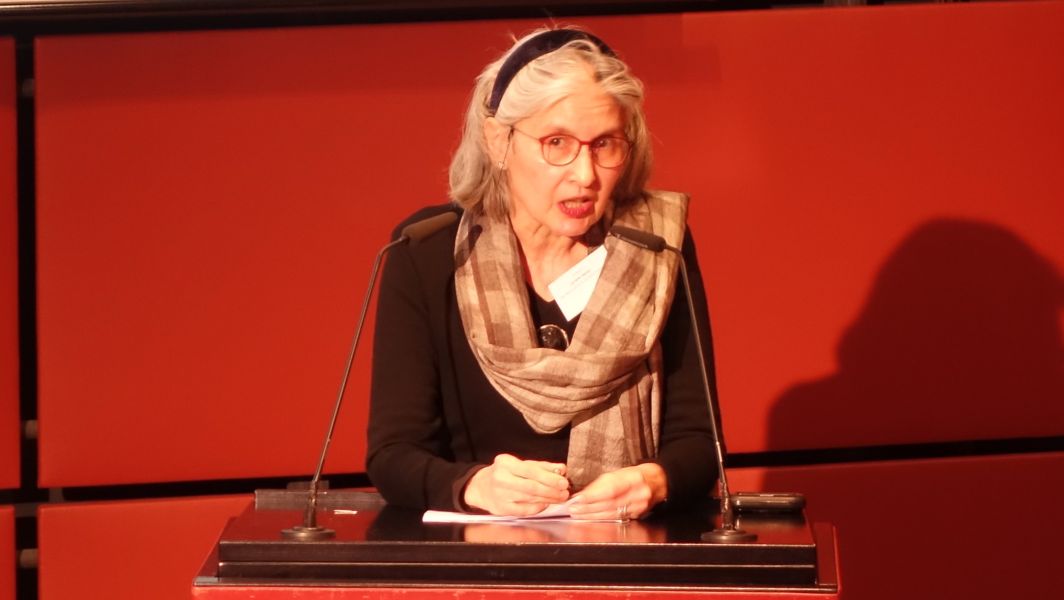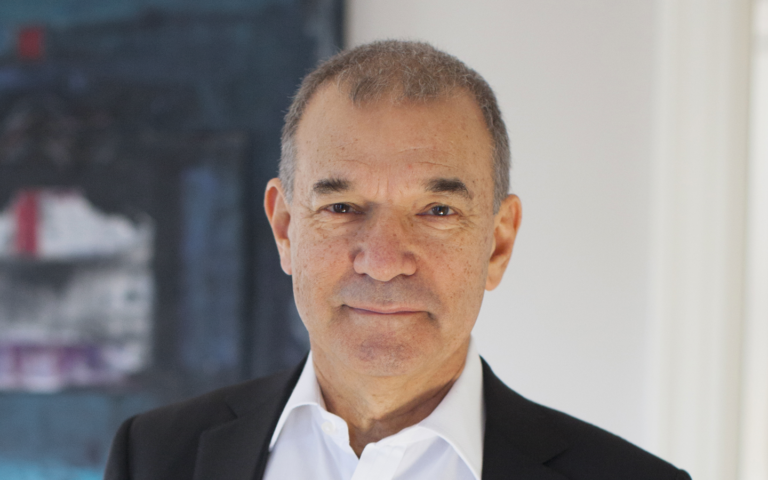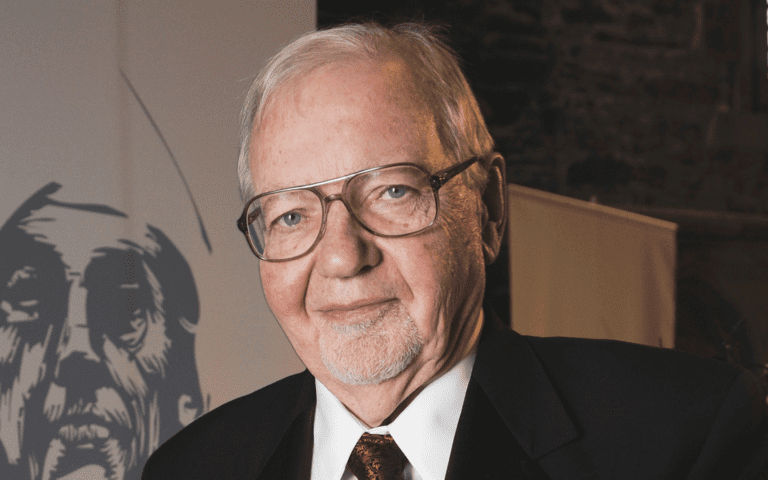
On 11 February, an event was held at the Royal Norwegian Embassy in Berlin, with a lecture on the topic: “The Power of Exempla.” The event was held in connection with the meeting of the Holberg Committee on the following day, during which the Committee put forward its recommendation for this year’s Holberg Prize recipient.
How We Know What We Know
During the embassy event, Dr. Lorraine Daston, Director for the Max Planck Institute for the History of Science, held a lecture on “The Power of Exempla.” She referred to the notion that the natural sciences on the whole have been better at explaining how they know what they know, and how one could question if there even is such a thing as an epistemology of the human sciences. Within these sciences, the exempla — as powerful, ennobled examples — have proved important as a category of knowledge where epistemology interferes with ontology:
“How does the argument from exemplum convince?” asks Dr. Daston.”The exemplum as it is used in scientific argument renders the universal in the particular, the general in the specific, the abstract in the concrete, the macrocosm in the microcosm.”
Dr. Daston explains that although arguments from exempla can be found in the natural sciences, it was in the human sciences that they originated and are still practiced with the greatest virtuosity. “Understanding how exempla work illuminates how humanists and social scientists know what they know,” she says.
A Renaissance Commentary by a Hat
During the lecture, Dr. Daston used three exempla. These included Irving Goldman’s commentary on correspondence between King Haakon VII of Norway and King Frederik 9th of Denmark, as well as Michael Baxandall’s analysis of Paolo Uccello’s Renaissance work The Battle of San Romano (ca. 1453).
This set of three paintings depicts a 1432 battle, where Niccolò da Tolentino is seen commanding the Florentine cavalery, wearing a large gold and red patterned hat. The odd headgear has a three-dimensional form that behaves as if it were two-dimensional. Baxandall explains how the use of the hat is a commentary on the the Reneissance Eye and the use of perspective, as the development of the linear perspective was still in an early phase when The Battle of San Romano was painted.
The event took place in the Pan Nordic Building of the Nordic Embassies in Berlin. Following Dr. Daston’s keynote and subsequent discussion, the participants gathered for further discussion of the Holberg Prize and the disciplines it covers.
Last edited:
Published:
Related content

“Everyone dreams at night”: Interview with Stephen Greenblatt
What are the paths and life events that have led 2016 Holberg Laureate Professor Stephen Greenblatt to where he is today? Where will he go from here? How will the humanities survive the current crisis? Those are some of the questions Greenblatt answers in this exclusive interview.

About Fredric R. Jameson
Fredric R. Jameson (born in 1934 in Cleveland, Ohio) is one of today's most important and most influential cultural theorists. He has done more for the contextual study of culture than any other living scholar. Over the past four decades, he has developed a richly nuanced theory of how modern culture – in particular, literature, painting, cinema, and architecture – relates to social and economic developments.

About Ian Hacking
Ian Hacking (born in 1936 in Vancouver, British Columbia) is one of the world's leading scholars in the fields of philosophy and history of science. He has made important contributions to areas as diverse as the philosophy and history of physics; the understanding of the concept of probability; the philosophy of language; and the philosophy and history of psychology and psychiatry.

